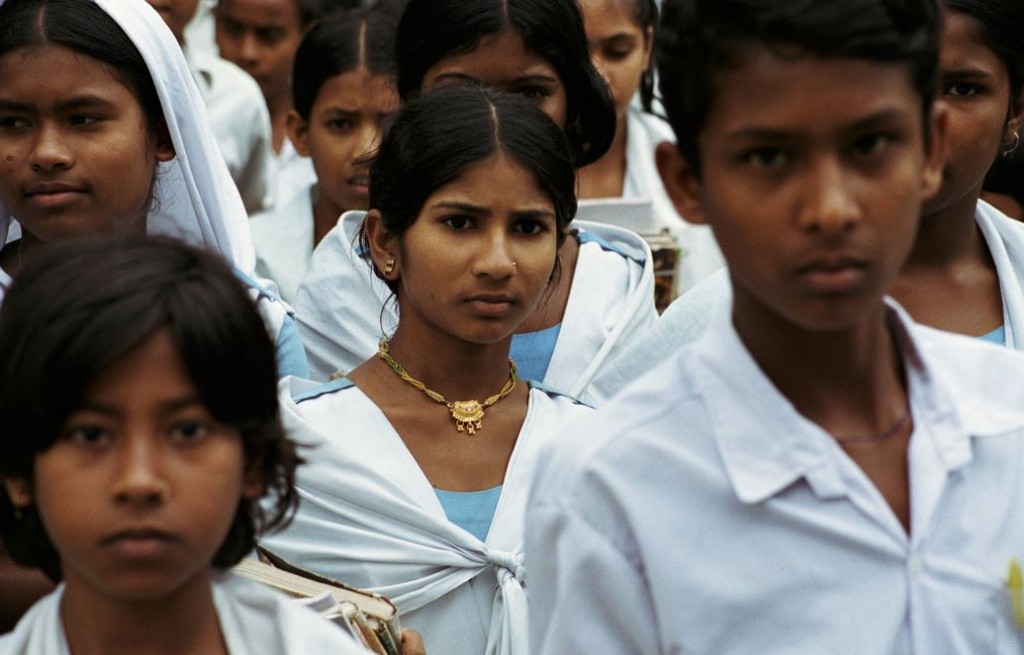22 August 2016
Robert Muggah, Renata Giannini, and Natalie Hanna*
Mega events such as the Olympic Games and World Cup always leave mixed legacies. On the one side are new infrastructure, transport services and a powerful, if short-term, feel-good factor. On the other are corruption, evictions and cost over-runs that leave a generation indebted. Virtually all Olympics since the 1960s have exceeded their projected budgets by a significant margin. Brazil is hardly the exception.
admin
admin

Read More
7 July 2016
Daniela Trucco*
In the past few years, major development strides by the Latin American countries, including some that have been highly positive for young people, have paradoxically coexisted with high indices of violence and insecurity. Unlike the situation in other regions of the world, in Latin America and the Caribbean the countries are at peace, but there are extreme levels of violence within society, to the point that the region has the world’s highest homicide rate. Violence (intentional or not) is the leading cause of death among the population aged between 15 and 50 in Latin America and the Caribbean, affecting particularly men. Seven of the 14 most violent countries in the world are in this region: Belize, the Bolivarian Republic of Venezuela, Colombia, El Salvador, Guatemala, Honduras and Jamaica. Between 2000 and 2010, the region’s homicide rate rose 11%, whereas in most other world regions it came down or stood still. The youth population is particularly affected by this context of violence and insecurity.
admin
admin

Read More
29 June 2016
Matthew Morton*

Photo: Scott Wallace / World Bank
As many as one billion children under the age of 18 experience some form of violence every year. This exposure is not only a violation of child rights; it can also hamper children’s cognitive development, mental health, educational achievement, and long-term labor market prospects.
admin
admin

Read More

